How Do Scientists "Do" Science?
The public generally doesn't get a chance to "look behind" the research of scientists that they use to answer the questions they are asking. Science is hard work, and it takes time and determination.
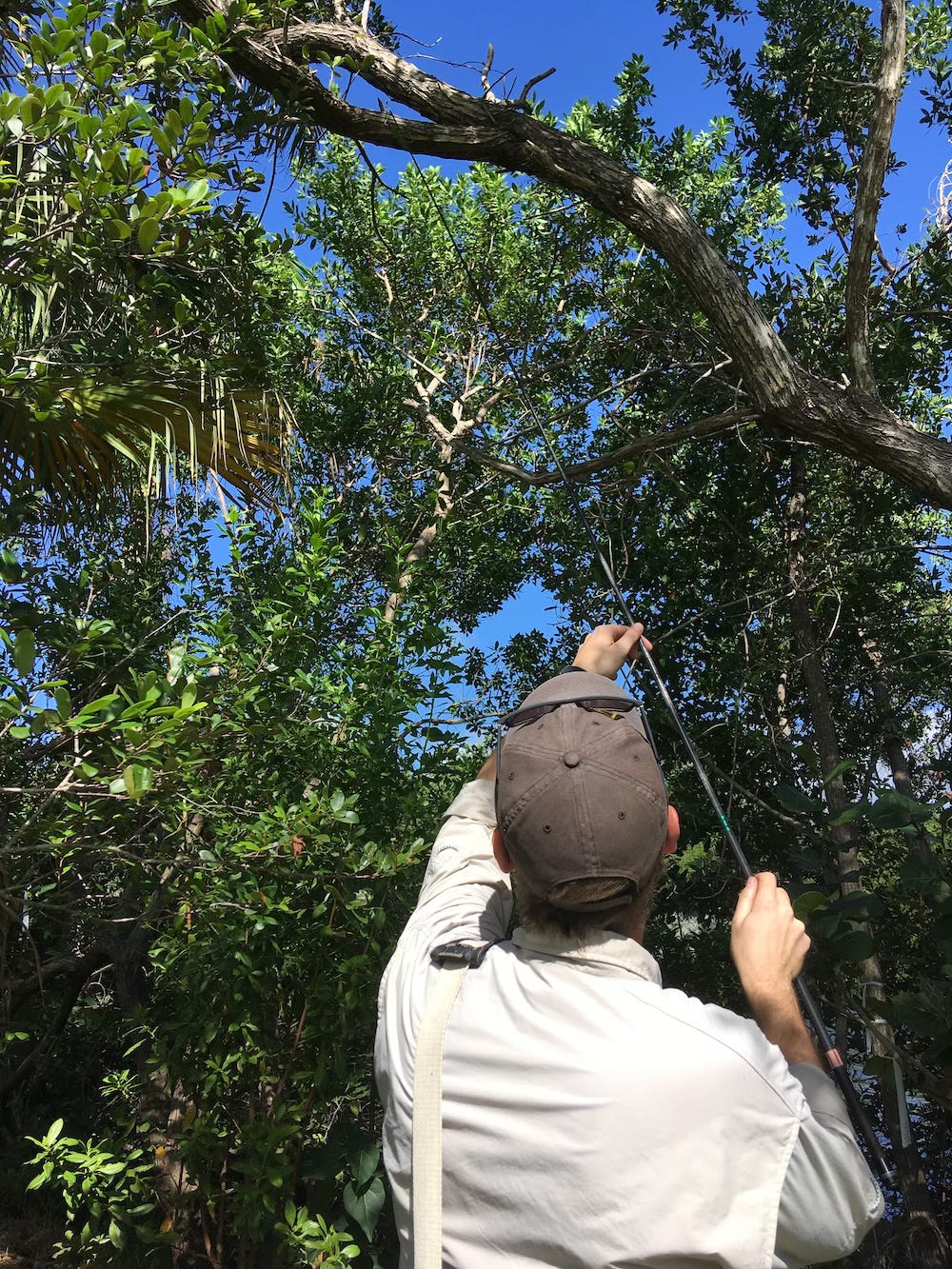
Researching the Researchers
In October, 2019, I travelled to south Florida to follow the field work of James Stroud, who studies the ecology of lizards in the anole family. Several different species of anoles share the island habitat Jame focuses on, and he studies how the populations of the lizards change over time.
I was learning about how scientists gather information about lizard evolution for my book “The Lizard Scientists Studying Evolution in Action.”
James provides a good example of how curious scientists study nature to learn how it works in the real world. Getting enough data to come to conclusions on what’s actually going on “out there” can require spending a lot of time doing sometimes difficult work both in nature and in the laboratory to get the kind of information that can help us understand natural systems,
I rented a small cottage about a mile from the Fairchild Gardens, which housed James’ research site. Fairchild welcomes researchers and plant-loving visitors alike.
Every day for several hot, humid days I walked from my cottage to the Gardens. James and his assistant, Kamau Walker, had already been collecting specimens for hours by the time I got there around 10:30. They needed to work while it was still relatively cool, as the lizards were less active when it got really hot.
James and Kamau search amidst dense foliage and poking twigs to find their research subjects. When they find one, they capture it with a modified fishing pole, and gently place it in a small plastic bag with air blown in.
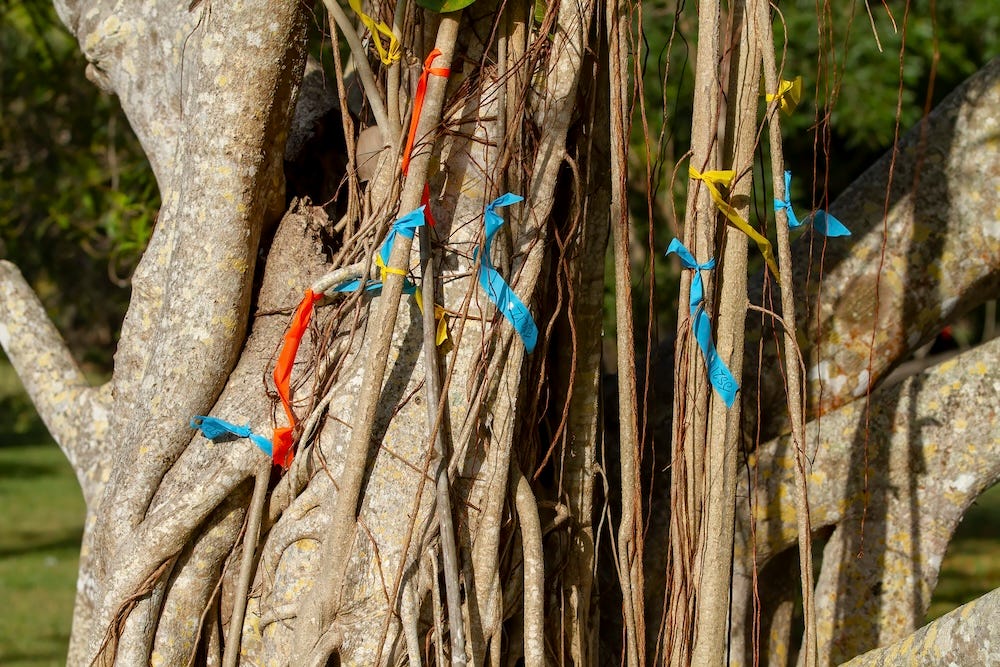
When it gets really hot the lizards head for cool places and the scientists take their catch to their onsite laboratory. They spend the afternoon hours carefully measuring the lizards in great detail and noting all the data in computer files.

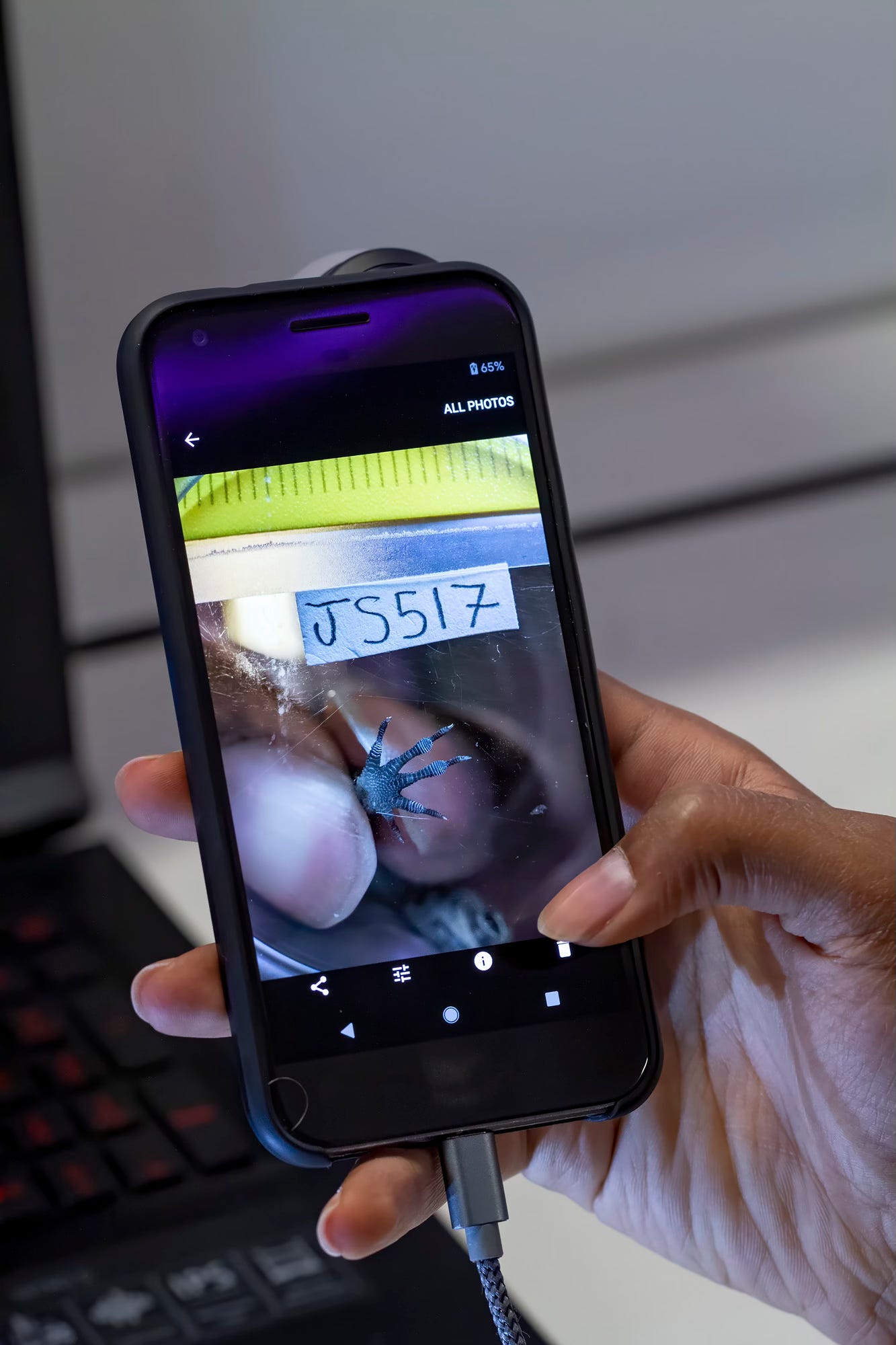

James’ research is especially valuable because he’s following his subjects over a period of years, which can show a lot about how the different species present on the island share the available space over time. He can see how certain traits are passed on from generation to generation, depending on the species and its interactions with the environment, including the presence of other species.
The first years of his research resulted in an important article in a widely read scientific journal. It’s rare for a scientist to be able to study the populations of different species in the same location over a period of years. An anole even managed to take over the valued cover photo of the journal.
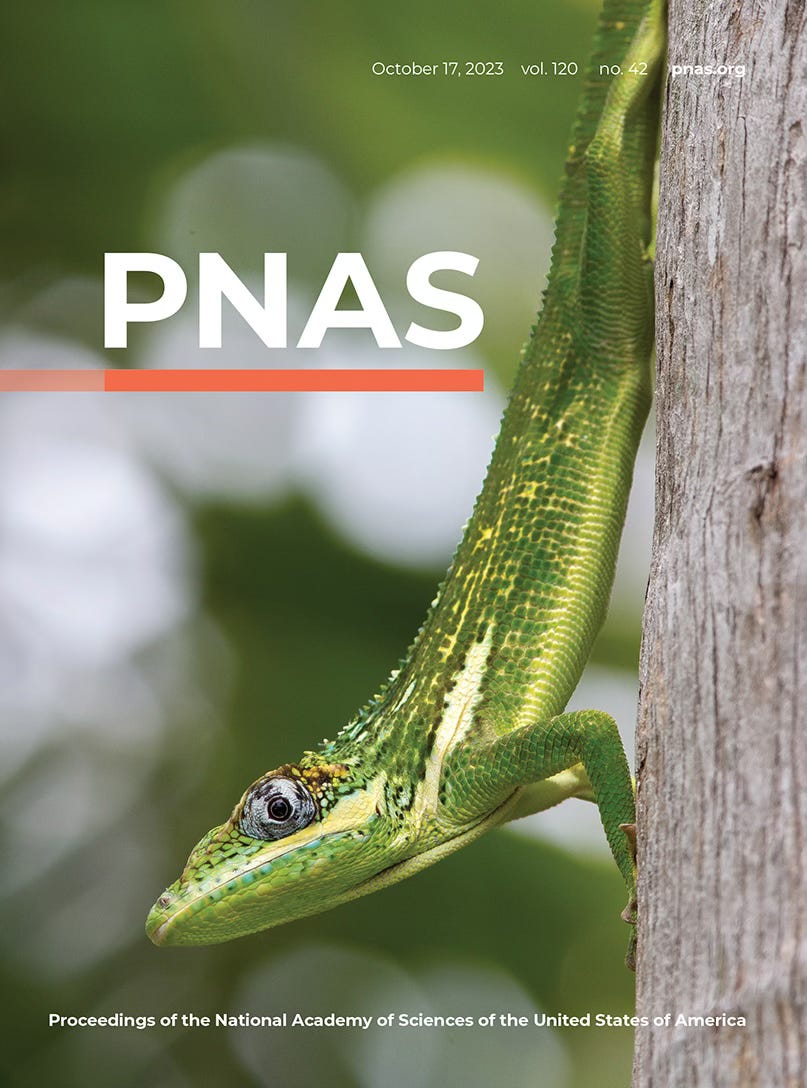
The covid epidemic affected James’ research efforts but he’s back at it once again. At least one other species of anole has joined the island population, so James is glad to be able to continue studying this site to see how the new species affects the ecological balance on the island.
Note: The photos in this story are from James Stroud, Nate Dappen & Neil Losin, with permission, or from my collection.





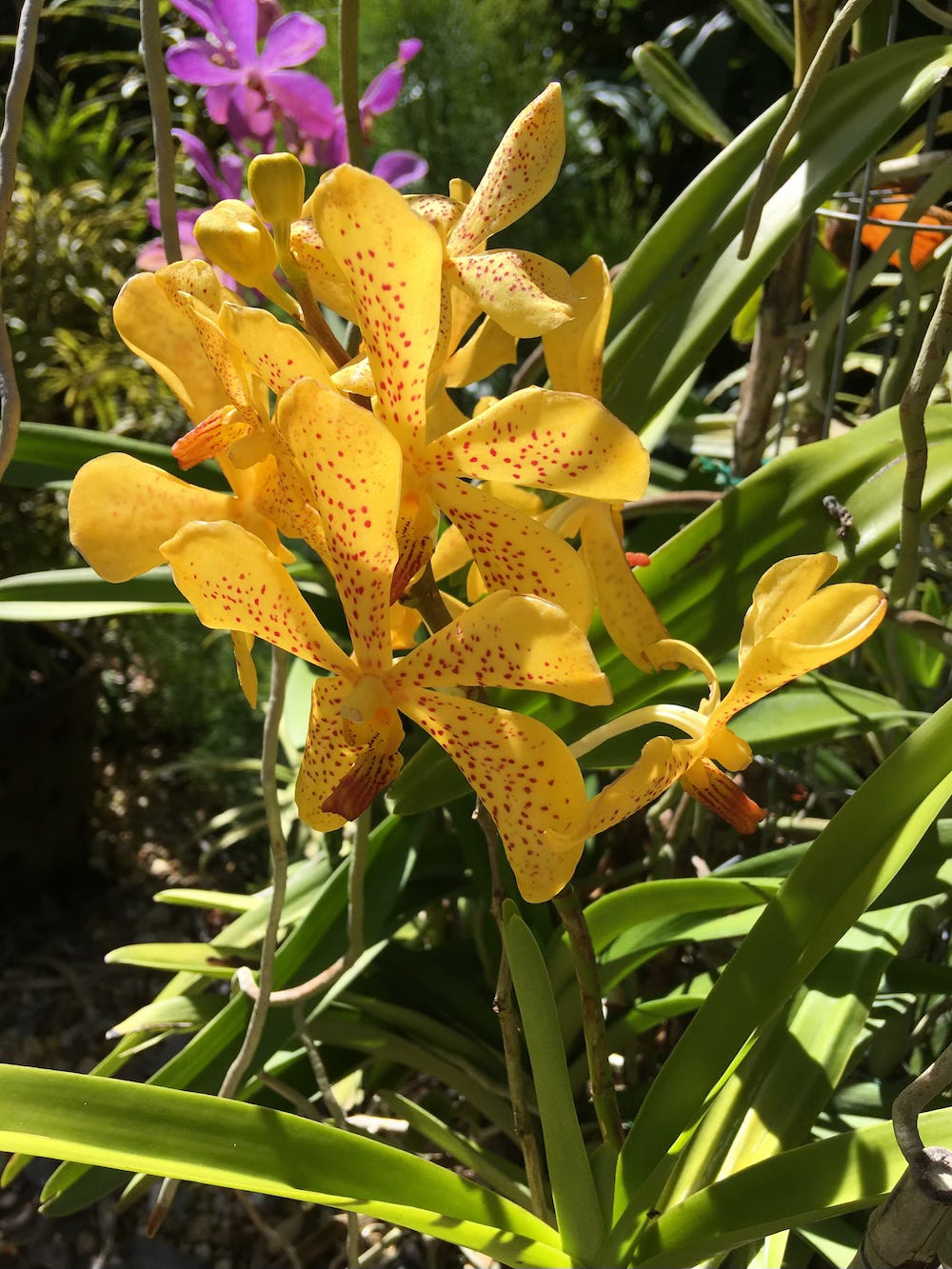
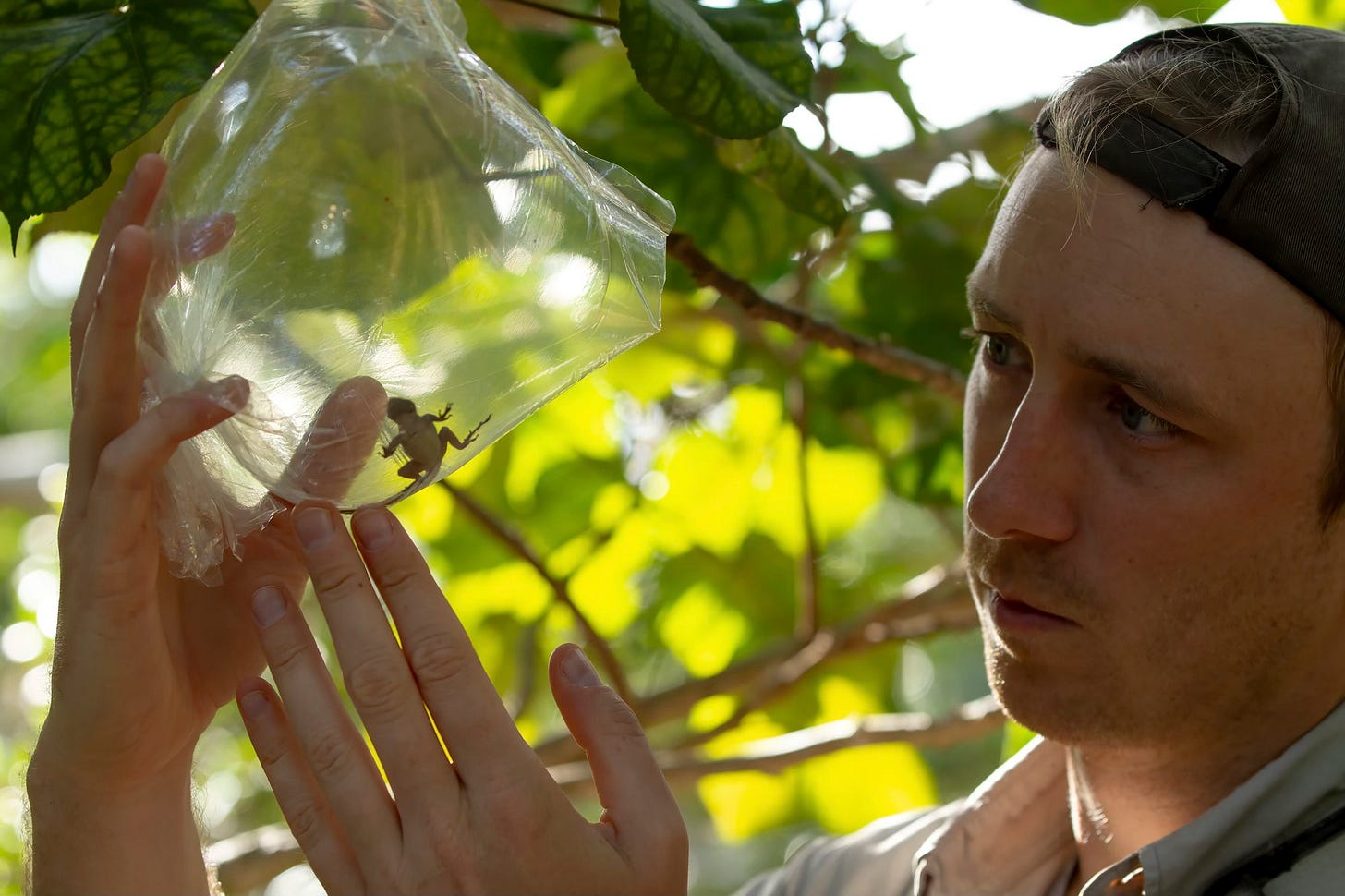
This is an excellent article, Dorothy! I'm so glad that my youngest daughter participated in the Washington Middle School - Watershed Education program that recorded data spring and fall from Pattee Creek. As a parent volunteer, I learned a whole lot too!
Fascinating piece, Dorothy. That is dedication, year in and year out, but that's how invaluable knowledge is built. I dare say those folks start talking anole after awhile. What it must be to immerse oneself so deeply into another creature's life. I honor them.
Jon